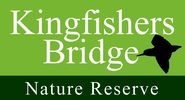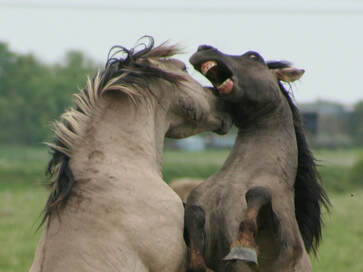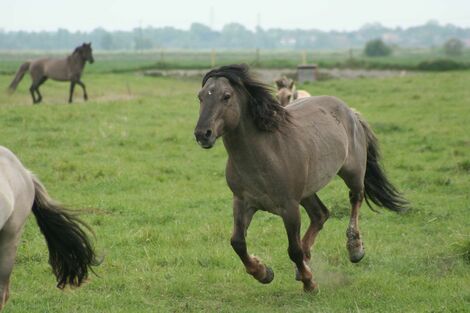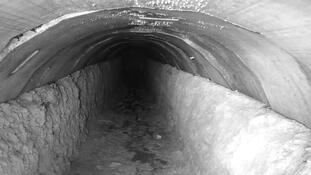|
Kingfishers Bridge has some 34 species of recorded wild and domesticated mammals. The large herbivores, Highland cattle, Konik horses and Water Buffalo are the most important to us for managing the grazing, particularly to get it right for the birdlife. Without big herbivores the environment would rapidly change towards being a wet woodland dominated by willow scrub and thorn bushes, as found in our North Pit. We do have other herbivores in small numbers. Reeve’s Muntjac and occasional Roe Deer are found on the Reserve but their impact is small. |
|
We have made a firm policy to fully control both the native foxes and American Mink. The electric fencing around much of the Reserve deters the foxes, which are attracted by the large number of waterfowl choosing the security of being inside. Without fox control our breeding waterfowl would be greatly reduced and breeding successes jeopardised. Our elimination of mink has undoubtedly caused the Water Vole population to recover completely, which is important for this nationally threatened small mammal. We have supplied the Reserve with two artificial Otter holts. We know that Otters do occasionally visit these but we have had no firm evidence of breeding yet. Otters have very occasionally been seen on the Lake and are in the River Cam. Badgers occur locally and Stoats are often seen.
|
Rabbits and Brown Hares are both found in small numbers. We certainly have large populations of Field Voles and Bank Voles. These rodents are a key prey species for our Barn Owls, Short-Eared Owls and Kestrels. Recently we have recorded the remains of Harvest Mice in owl pellets from the Reserve. Common, Pygmy and Water Shrews have all been caught here and released, after live trapping. Moles and Hedgehogs are both in evidence. All these small mammals are a vital food source for our birds of prey.
|
Kingfishers Bridge has a huge abundance of night flying insects as in evidenced by our Moth Trapping. This is essential food for insectivorous bats. We have therefore pioneered an artificial summer bat-roost, providing an even temperature and optimum warmth for breeding conditions. We have also constructed a specially designed bat cave for their winter roosting. This cave ‘hibernaculum’ was built with funding from the National Lottery. Daubenton’s Bat, Long-eared Brown Bats, Natterer’s Bat and two Pipistrelle species have been recorded here, in our annual census of these rarely seen mammals.
|



